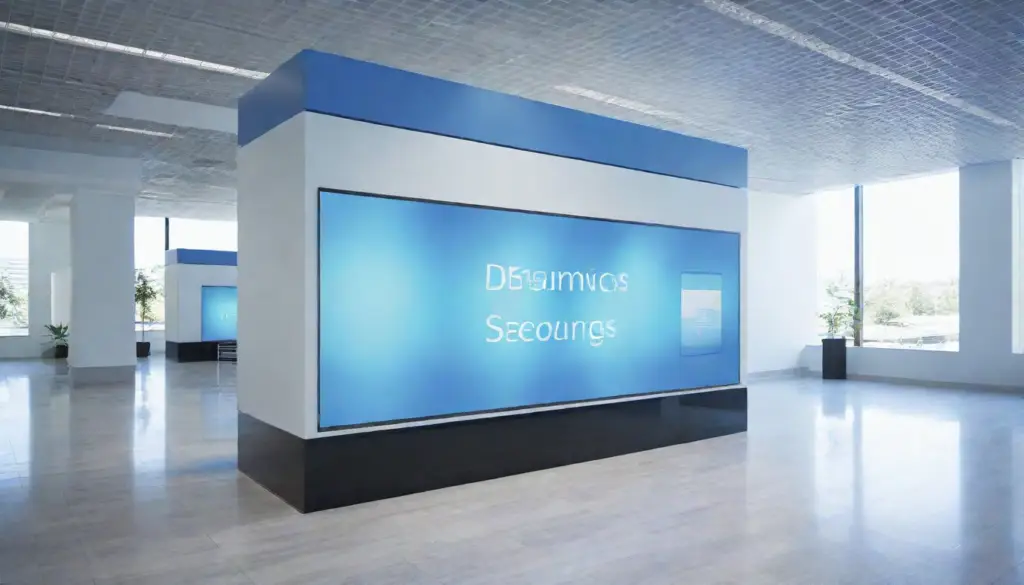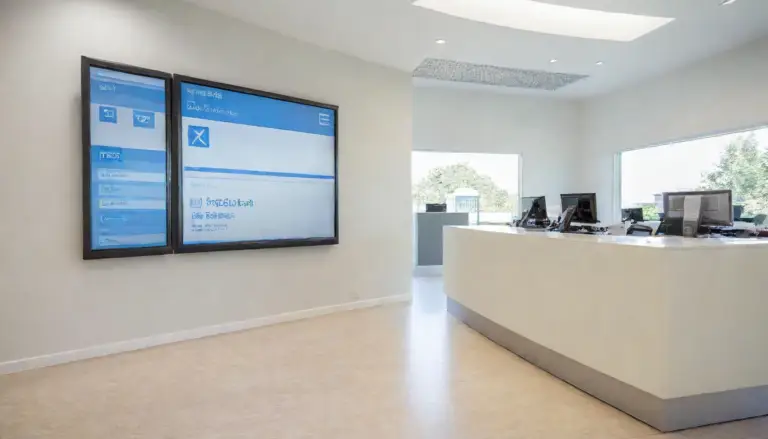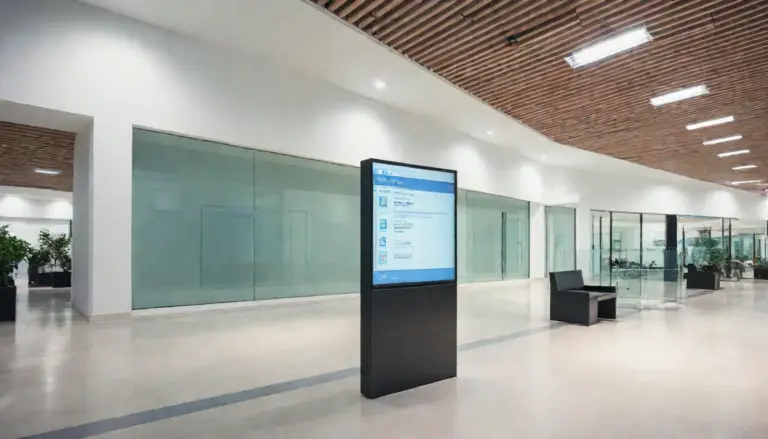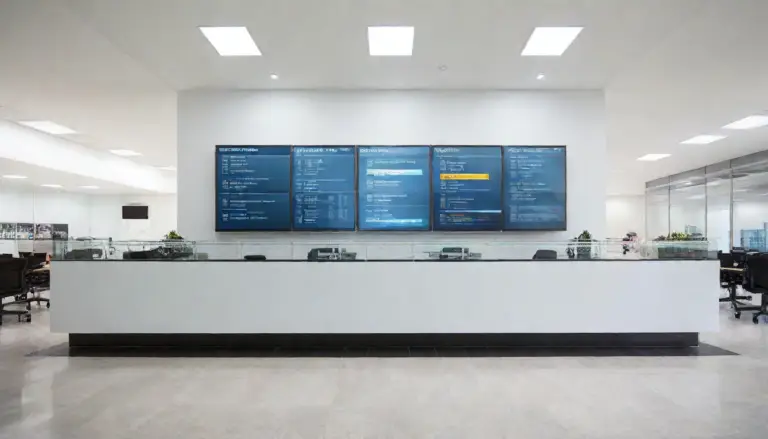Digital signage refers to content aimed to capture the attention of audience members. Digital advertisements appearing on your cell phone are a perfect example of this strategy. It would have been hard to imagine the advancement of digital signage twenty years ago, but it’s a reality all businesses must face. Digital signage is a common practice in our modern world, so companies must work strategically to use it to their advantage.
Here are the 10 best practices for digital signage in today’s marketing landscape.
1. Accessibility
All content needs to follow guidelines required by the Americans with Disabilities Act (ADA). Thus, any interactive, digital signage needs to be accessible to all individuals. Examples include accessible buttons, keypads, and touchscreens. It’s important to analyze ADA’s requirements closely so your message is seen by all people. It’s also the law – failure to comply can result in serious lawsuits and fines against your company.
2. Location
Location is the bread and butter of digital signage. Take a moment to think about the best ads you’ve ever seen – what made them so great? Chances are, engaging and immediate visuals were the first thing that came to mind. Details as simple as where to place your digital signage can mean the difference between higher traffic and obscurity. It’s always best to locate your signage in easily visible places to attract the attention of audience members.
3. Font Type and Size
Have you ever viewed an advertisement that was difficult to read? This may be due to inappropriate uses of certain fonts or text sizes. It’s always good to find a balance between striking visuals and legible text. Generally speaking, Sans Serif is the most recommended font for digital signage. Even so, having the best type of font isn’t enough – you need to make sure the size of the font is large enough to read. Other great fonts for digital signage include Arial, Bahnschrift, Agency FB, Lucida Sans, and Futura.
4. Content Considerations
Before you can create digital signage, you have to think about the actual content being presented to your audience. Simply put, creativity is key to engaging and attention-grabbing content. Do you have specific images you want to share? What about special events or promotions? Correlating this with proper legibility, font, and design can result in successful content that appeals to your target audience.
5. Viewer Considerations
Generally speaking, audiences aren’t interested in reading large chunks of text. More specifically, digital signage is viewed for an average of 8-12 seconds. Thus, the less you put into your content, the better. Instead, focus on brevity and making your content appealing in a short amount of time. This can be achieved through large fonts, short sentences, strategic locations (i.e. waiting rooms), and interactive content.
6. Relevance
Timing, context, and relevancy are essential aspects of digital signage. For example, if you have an advertisement placed in an area with heavy traffic, it’s best to update your signage regularly. Also, certain products may be more appealing during specific times of the year. It would be strange to notice advertisements for Pumpkin Spice Lattes during the summer since it’s known for being an autumn exclusive drink. Constantly update your content to capture the attention of a wider audience.
7. Up-To-Date Content
As mentioned previously, regularly updating your content is an incredibly important part of digital signage. Viewers usually get bored if they see the same form of advertising from your company. It’s also a good business practice since you need to point customers in the right direction. Updating your content may look like changing images regularly or redesigning certain aspects of your company presentation.
8. Conciseness
Brevity will capture your audience’s attention quickly. Try to present 1-2 key pieces of information to your viewers at a time. You should also use visualization techniques that allow you to share information quickly in a legible manner. This can look like using a bold font in the style of Sans Serif. Utilize bullet points and avoid block paragraphs if it’s possible. In summary, the more concise your content is, the more likely audiences will engage with your company.
9. Attention Grabbing Call to Action
Before creating a form of digital signage, make sure to ask a vital question: what is the intention of this message? A great call to action urges your audience to engage with your brand and invest in your goals. These should be short, concise messages that capture your audience’s attention in a few seconds. Examples include phrases like “Sign Up Today,” or “Learn More Now!”
10. Eye-Catching Visuals
Fantastic designs can become the most important part of your digital signage. Combined with the previously mentioned practices, visuals will immediately capture your audience’s attention. Designing eye-catching visuals allow you to distinguish your product from other competitors. At the same time, try not to go overboard with your visuals – this may unintentionally turn people away from your brand. Design visuals that are effective, unique, and concise!
Finding the Support That’s Right For Your Business
Creating digital signage requires a lot of strategy, skill, and creativity. You always need to strive for attention-grabbing content without overwhelming your audience. If you need help creating digital signage for your business, work with products created by Teksetra! We provide digital signage solutions that will elevate your business and enhance customer experiences. Contact us to learn more about our digital signage technology today!














